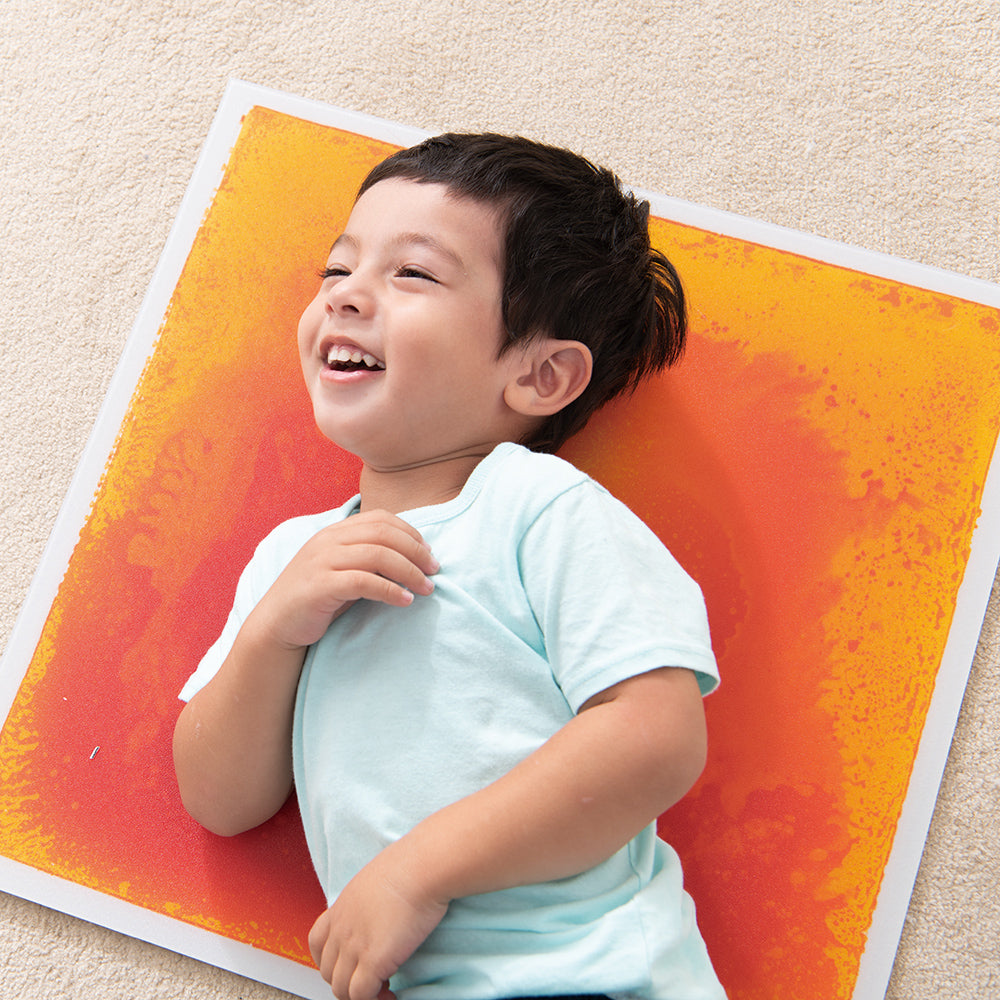
Dec 21 , 2022
Exploratory Play And Autism
WHAT IS EXPLORATORY PLAY?
The Hanen Centre defines exploratory play as a child's use of their senses to investigate objects and toys. They perform “actions” on objects. For instance, they shake, mouth, hurl, and dump toys and items. Children bang two items together and nestle one object inside of another during exploratory play. It can be confusing and hard to know how to extend their play because autistic children tend to stay in this period longer than neurotypical youngsters. In the first year of life, this stage of play is typically observed. First words frequently arise from things that children can investigate by touching. In part, this is due to the habit of parents and caregivers tend to name the items that children hold. So, the exploratory stage of play is more important than we give it credit for !
WHAT TOYS OR ACTIVITIES ARE GOOD FOR EXPLORATORY PLAY?
It can be hard to see this as a typical stage of play if your student or child is continuously throwing toys or slamming toys. It feels pointless (and cluttered!). There are several ways you can use to engage your student or youngster during this stage of play to connect. In order to concentrate on developing language and shared attention, there are also various toys and activities that can assist offer some structure.
Toys that kids can "take out" and "put in" are another type at this stage. Keep in mind that taking things out, often known as "dumping," usually develops before putting things in. There are a ton of toys available that can be utilized to promote these abilities in a more organized activity.
WHY IS PLAY IMPORTANT?
You have probably heard the adage, "play is the work of childhood". It's so accurate! Children learn and practice what they have learned through play. The developmen of first words and language, as well as social, pre-academic, and motor skills are all closely related to play. It is really crucial! Children with autism frequently interact with toys in different ways than neurotypical children. They may play in unusual ways or concentrate on certain sections of toys or things. It is our responsibility to both "push" the talents of autistic children while also embracing the manner they like to play with toys.

